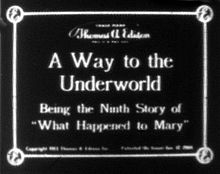
Marie Adelaide Elizabeth Rayner Lowndes, who wrote as Marie Belloc Lowndes, was a prolific English novelist, and sister of author Hilaire Belloc.

Edison Studios was an American film production organization, owned by companies controlled by inventor and entrepreneur, Thomas Edison. The studio made close to 1,200 films, as part of the Edison Manufacturing Company (1894–1911) and then Thomas A. Edison, Inc. (1911–1918), until the studio's closing in 1918. Of that number, 54 were feature length, and the remainder were shorts. All of the company's films have fallen into the public domain because they were released before 1928.

Frankenstein is a 1910 American short silent horror film produced by Edison Studios. It was directed by J. Searle Dawley, who also wrote the one-reeler's screenplay, broadly basing his "scenario" on Mary Shelley's 1818 novel Frankenstein; or, The Modern Prometheus. This short motion picture is generally recognized by film historians as the first screen adaptation of Shelley's work. The small cast, who are not credited in the surviving 1910 print of the film, includes Augustus Phillips as Dr. Frankenstein, Charles Ogle as Frankenstein's monster, and Mary Fuller as the doctor's fiancée.

The Kalem Company was an early American film studio founded in New York City in 1907. It was one of the first companies to make films abroad and to set up winter production facilities, first in Florida and then in California. Kalem was sold to Vitagraph Studios in 1917.

Mary Claire Fuller was an American actress active in both stage and silent films. She also was a screenwriter and had several films produced. An early major star, by 1917 she could no longer obtain roles in film or on stage. A later effort to revive her career in Hollywood failed in the 1920s after talkies began to dominate film. After suffering a nervous breakdown, she was admitted to St. Elizabeths Hospital in Washington, DC in 1947 and lived there until her death.
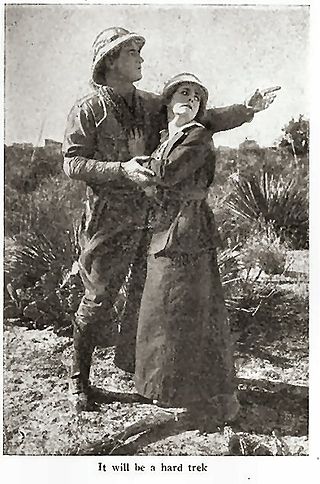
The Adventures of Kathlyn (1913) is an American motion picture serial released on December 29, 1913, by the Selig Polyscope Company. An adventure serial filmed in Chicago, Illinois, its thirteen episodes were directed by Francis J. Grandon from a story by Harold MacGrath and Gilson Willets and starred Kathlyn Williams as the heroine. Harold MacGrath's novel of the same title was released a few days later in January 1914, so as to be in book stores at the same time as the serial was playing in theaters.

Grace Cunard was an American actress, screenwriter and film director. During the silent era, she starred in over 100 films, wrote or co-wrote at least 44 of those productions, and directed no fewer than eight of them. In addition, she edited many of her films, including some of the shorts, serials, and features she developed in collaboration with Francis Ford. Her younger sister, Mina Cunard, was also a film actress.

Dorothy Gibson was an American actress, socialite and artist's model, active in the early 20th century. She survived the sinking of the Titanic and starred in the first motion picture based on the disaster.
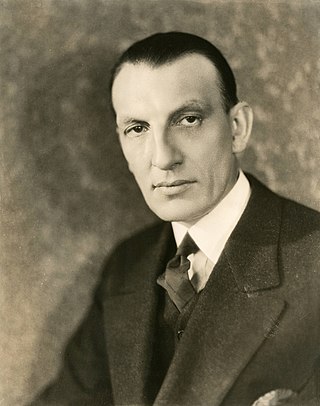
Charles Brabin was a British-American film director.

Marcus McDermott was an Australian actor who starred on Broadway and in over 180 American films from 1909 until his death.

A number of film adaptations of Harriet Beecher Stowe's 1852 novel Uncle Tom's Cabin have been made over the years. Most of these movies were created during the silent film era. Since the 1930s, Hollywood studios have considered the story too controversial for another adaptation. Characters, themes and plot elements from Uncle Tom's Cabin have also influenced a large number of other movies, including The Birth of a Nation (1915), while also inspiring numerous animated cartoons.
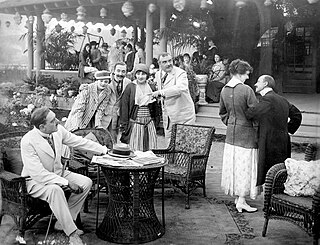
The New Adventures of J. Rufus Wallingford is a 1915–1916 American silent serial film produced by the Wharton Studio in Ithaca, New York, and starring Burr McIntosh and Max Figman. The serial is based on the character J. Rufus Wallingford, originating from the series of stories by George Randolph Chester.
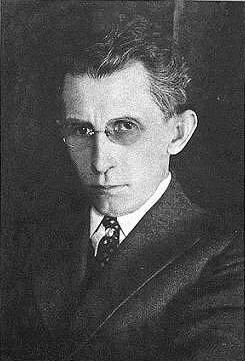
James Searle Dawley was an American film director, producer, screenwriter, stage actor, and playwright. Between 1907 and the mid-1920s, while working for Edison, Rex Motion Picture Company, Famous Players, Fox, and other studios, he directed more than 300 short films and 56 features, which include many of the early releases of stars such as Douglas Fairbanks, Mary Pickford, Pearl White, Marguerite Clark, Harold Lloyd, and John Barrymore. He also wrote scenarios for many of his productions, including one for his 1910 horror film Frankenstein, the earliest known screen adaptation of Mary Shelley's 1818 novel. While film direction and screenwriting comprised the bulk of Dawley's career, he also had earlier working experience in theater, performing on stage for more than a decade and managing every aspect of stagecraft. Dawley wrote at least 18 plays as well for repertory companies and for several Broadway productions.

George Lessey was an American actor and director of the silent era. He appeared in more than 120 films between 1910 and 1946. He also directed more than 70 films between 1913 and 1922.
Who Will Marry Mary? is a 1913 American action film serial starring Mary Fuller. The film is a sequel to the 1912 serial, What Happened to Mary. While most of the serial is considered to be lost, incomplete prints of episodes one and five survive in the EYE Film Instituut Nederland archive and at Keene Stage College respectively. A digitized print of the first episode "A Proposal From The Duke" was uploaded onto YouTube by the EYE Film Instituut Channel in 2016.

Miriam Nesbitt was an American stage and film actress.

Mary Marsden Young was an American stage, film and television actress whose career spanned the first sixty years of the 20th century. She started her career in the theatre and ended playing elderly ladies in film and lastly on television.

The Pickwick Papers is a 1913 three-reel silent film based on the 1837 novel of the same name by Charles Dickens. The film was produced by Vitagraph Studios and features John Bunny in the title role of Samuel Pickwick.
William Norwood Wadsworth was an American actor of the silent era best known for his roles in early Westerns, playing the villain in What Happened to Mary? (1912), the first Western film serial and for playing Samuel Pickwick in Mr Pickwick's Predicament (1912), an early screen adaptation of The Pickwick Papers.

The Dawson Film Find (DFF) was the accidental discovery in 1978 of 372 film titles preserved in 533 reels of silent-era nitrate films in the Klondike Gold Rush town of Dawson City, Yukon, Canada. The reels had been buried under an abandoned hockey rink in 1929 and included lost films of feature movies and newsreels. A construction excavation inadvertently uncovered the forgotten cache of discarded films, which were unintentionally preserved by the permafrost.

